This update is a very special one. It is to announce the very first Rare Sheep Breed Adventure of 2015 ! The rare sheep breed in the spot light is the very special Hungarian Racka sheep ! It is a very rare breed especially known for its unusual spiral shaped horns that are unlike any other domestic sheep horns and can grow to be 2 ft/0.61meters long ! The smallest standard size of the horns is about 51 cm for rams and 38cm for ewes. Whatever the size , you wouldn’t want to get caught on the end of one!
Lucky this breed of sheep is very gentle and very shy and not blood thirsty..lol.
HISTORY
HISTORY
The Racka Sheep originally come from Hungary and have existed at least since the 1800s when there was a first registry established. Their history goes further back than that though :
In South-West Asia have been found skulls and bones of Racka-like sheep dating from about 11.000 years ago. About 8.000 years ago, in Mesopotamia, the ancient Iraq, and in the ancient Egypt lived long-tailed sheep with the same drill-shaped horns as the Racka, as can be seen on wall-paintings found in local caves. Possibly, the Racka is originating from the wild Middle-Eastern sheep: the Ovis ammon arkal.
The Racka left his original area during the Great Migrations . The Avars, Petschenegs, Jazygs and Huns brought them to Central- and East-Europe.
In 1750, half of the total flock of seven million Hungarian sheep were Rackas! Somewhere around that time, about 50.000 lambs and sheep were traded on the market near the Hortobâgy Bridge. Economically, in these days the Racka was very interesting: they managed to survive quite well on the open, dry and poor plains of Hungary, the Puszta. The fleece of 2-3 day old lambs were sold to make very fine bonnets and collars for the richer Hungarians.
The farmers used the fleece of the old sheep to make their coats. When the weather was dry, the coats were turned with the wool inside, when it was raining the coats were turned inside out, the water dripping from the wool. Clipped wool was used to make coats for the poorer people.
The in the 18th century imported Merino, now 95% of the total Hungarian flock, almost drove the Racka to total extinction.
In 1939 the Hungarian government had to interfere and centralized the lasting 4000 Rackasheep on a State farm in Hortobâgy, on the puszta east of Budapest.
Wrong methods of reproducing and far-going consanguinity made that during the Second World War, there were only 1450 Rackas left. In the 50's the flock was decimated till about 200 ewes! The state farm of Hortobâgy was ordered from the Hungarian government to save the Racka .
In 1973, the Hortobâgy area was installed asthe first National Park of Hungary and the Racka was saved; Now there are about 5000 ewes again. Other rare Puszta-breeds were also saved as the Grey Puszta cattle, the Noniusz and the Mezöhegyes horse, the Hungarian water buffalo, the Mangalica pig and the typical Hungarian sheepdogs: the Komondor, the Kuvasz, the Puli, and the Pumi.
In 1983 the organisation of Hungarian Racka breeders was founded in Debrecen. Now the exceding part of Racka ewes may be exported again, though a number of minimum 750 ewes has to be kept in the National Park of Hortobâgy, thus creating a genetic bank for the Magyar Racka.
DESCRIPTION
The Racka is a relatively small sheep with large horns, a mixed fleece (hair/underwool = 1/2), a long body and fine bone-structure. The rams are circa 70cm and weigh about 50 Kg, the ewes are circa 65 cm and weigh 40 Kg. The horns of the rams are ± 52 cm long and have 3 windings. The distance between the points of the horns is almost 80 cm. Ewes have ± 25 cm long horns with 2 windings. The distance between the points of the horns should be 41 cm.
The peculiar shape of these horns is the result of the interaction between the length-growth of the horn and the circular-growth.
If these two kinds of growth are in balance, then the sheep get horns like the Merino, the Drenth Heath sheep, Dorset Horn, Black Welsh Mountain and the presumed ancestor of the Racka: the Argali. If the length-growth is much more important than the circular-growth, then we get the typical shape of a corkscrew as we see with the Racka.
The fleece can have two colors: black and cream-white. In the Hortobâgy flock, ± of the sheep are black, with a black skin, the other half is cream-white with a light brown-yellow skin. Some sheep are white or have spots on head and legs. The wool is very long and curly (staple-length 25-30 cm with a fibre diameter of 15-60 micron).
Legs and head are unwooled, except for a little tuff on the forehead. The position of the ears is almost horizontal, the shells downwards. The tail is very long with very long wool.
The horns of white and cream animals are yellow, sometimes with black stripes, the horns of the black are black.
Lambs of the cream variety are born with a yellowish to darkbrown fleece, getting lighter with growing. When cross-breeding with white and black animals, the white is dominant, but in the F-1 generation can appear also white sheep with dark brown or black spots.
PROPERTIES
The Racka is a relatively shy and very resistant breed, that can have a reasonably production under harsh climatological conditions. The flock-instinct is extremely developed, they are grazing as if they are tied shoulder to shoulder, they can live on dry hay, and remind us a little bit of deer.
What's typical is the somewhat over-developed hind-quarters, the equal standing under and upper jaw,
And the deep laying and relatively few muscles in the neck, so the sheep can lift his head very high to watch out on the plains.
Fertility is low: about 100%, twins birth is 5 to 15%. Some of the ewes don't reproduce for one or maybe more years.
The average weight of the lambs is 10 Kg after 30 days, 14 Kg after 60 days.
Wool production is 3 to 4 Kg for the rams, 2-3 Kg for the ewes. The wool was used to make traditional coats, carpets and the typical Cserge blankets.
Ewes produce 50 to 70 l of milk during 100 days of lactation (producing about 10 Kg of cheese).
The Racka was mainly kept for as well the meat, the milk and the wool.
VARIETIES
The Racka belongs to the large group of Zackel-sheep, living in South and East-Europe, as the Vlach in Greece, the Karakachan in Bulgary, the Pramenkain Yugoslavia, Walachian in Czechia and Slovakia, the Volochian in Russia and so on. The large group of Zackel -sheep can be divided in breeds of the plains and the mountains, possessing all a mixed fleece, a long body, a fine bone-structure, and straight horns for the rams.
With the Turcana, the Transsylvanian Racka of Roumania, only the rams have horns. They are mainly light brown skinned with a white fleece.
The Moldavian Racka has not V-shaped horns, but these grow somewhat more to the exterior, the spiral growth is not so strict .
Other Racka varieties are the Walaschka, the Zigaja, the Zikta and the Zurcana.
It is a very tough breed and use for milking, meat and WOOL!
Their wool is long with a gentle lock definition and is similar in handle to other longwool breeds. The staple length can be 12”/20cms and can vary from 12micron to 40 micron. The long locks have some really nice luster. I found it to be crunchy and crispy. Not for a next to skin wear but it would be wonderful or for outerwear.
And that , my friends, Is where I always take the challenge on. First there is a selection of the best fleeces, then it is all about preparation and blending. And blending it with bunny and cashmere fibres in a special blending process, makes it that this rare breed Racka sheep , in my humble opinion, can be close to skin wear. I loved the feel and airyness of it in the blend. I find the lustre amazing and most of all, I felt very priveledged to be able to put together a blend with this magical fleece.
Here you can see some photos of the herd, their cute behaviour, their fleeces and their magical horns ;-) Enjoy !
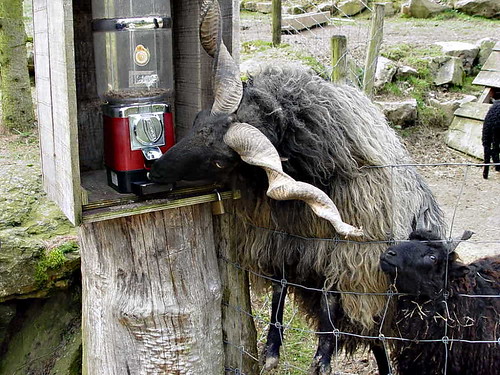
hmmmm food
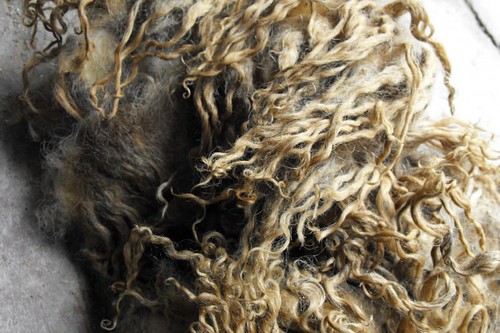
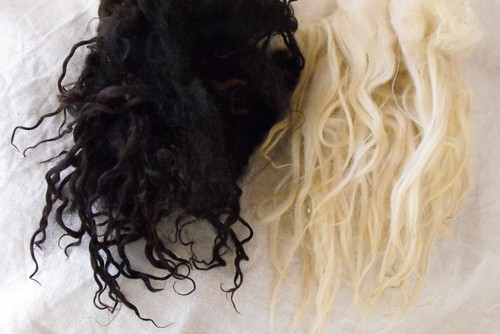
Here are all the details and the mood board for the colourway of the rare sheep breed adventure called DRACUL, after the fierce Lord of the Dragons, in Transylvania, which by the way was part of Hungary at one point.
I could have ofcourse opted for the famous Hungarian inventor of the rubicks cube too, but…since this rare sheep breed is going to be part of the Mythical magical spin a long on my Ravelry group in MARCH! ......Dracul won ;-)
IxCHeL Fibre Adventure Sign up
----the last Rare breed fibre adventure sold out in under 48 hours so please be quick if you want to be part of this ---
Dracul Batts and matching Dracul Tops!
Sign in to receive your Dracul batts and tops, Shipping date: mid february !! in a very special super limited release !
Here’s your chance to spin some amazingly special batts and tops with a blend of :
a very RARE SHEEP BREED !!:
Hungarian Racka sheep
Eco merino
Silver stellina
Tencel
Cashmere
English Angora Bunny a very RARE SHEEP BREED !!:
Hungarian Racka sheep
Eco merino
Silver stellina
Tencel
Cashmere
The Dracul batts will be inspired by the mystery and magic of Hungary and Transylvania. I will ONLY make enough batts for those who sign in. Same thing goes for the tops!
Sign in on the Dracul batts and tops will closeFebruary 1st or until the amount that I can make runs out, whichever comes first !!!
Only the ones who sign up for the Dracul will have these exclusive IxCHeL Dracul Batts and tops!
the batts will each weigh appr 150grams each! AU$34
the tops are a 100g + each ! AU$25
There will only be a very very VERY limited supply!!
You will have to sign in before February 1st! Pm on Ravelry or facebook or email me :-)
Single double or combined serves will be available !
All the tops and the batts will have a limited amount of silver stellina in them. (you know to combat vampires and werewolves..lol)
I have added “inspiration photos” below. Enjoy !
Sign in on the Dracul batts and tops will close
Only the ones who sign up for the Dracul will have these exclusive IxCHeL Dracul Batts and tops!
the batts will each weigh appr 150grams each! AU$34
the tops are a 100g + each ! AU$25
There will only be a very very VERY limited supply!!
You will have to sign in before February 1st! Pm on Ravelry or facebook or email me :-)
Single double or combined serves will be available !
All the tops and the batts will have a limited amount of silver stellina in them. (you know to combat vampires and werewolves..lol)
I have added “inspiration photos” below. Enjoy !

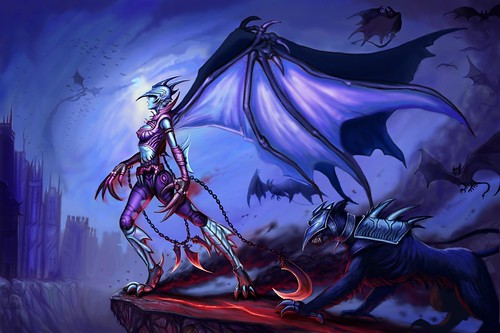
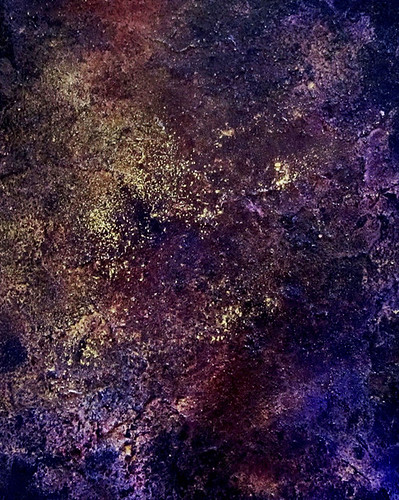 |
Painting by the Hungarian Painter Diana Torok
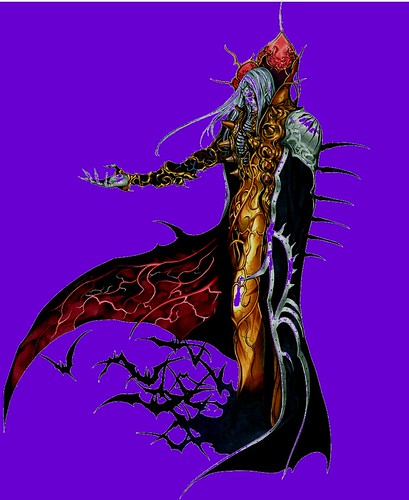
If you are not a spinner of yarns but would love to participate in this new fiber adventure, please let me know and I can spin the yarn for you !
Please don't hesitate to contact me at any time if you have any questions okay? Always happy to enable. All my contact details are to be found at the end of this weeks blog entry. Have fun !!!
Dates to put in your Calendar !!
April
Saturday 11th, 10am-3pm
McClelland Spinners and Weavers Open day “sock it to me”
I will be there with lots of hand dyed tops for spinning and felting and happy rainbow yarn and sock yarn !!!! As well as some amazing Lair of the Bearded Dragon spindles and bowls that are pure magic to spin on !
How To Order:
1. You can email me on ixchel at rabbit dot com dot au or ixchelbunny at yahoo dot com dot au
2. message me on facebook or ravelry where I am Ixchelbunny. I will email you right back with all your order details and payment methods. Any questions? Any custom orders for yarn or dyeing fibre? Please don’t hesitate to ask! Always happy to enable.
Thank you so much for your help and support !
RABBIT ON !
((hugs))
Charly
|
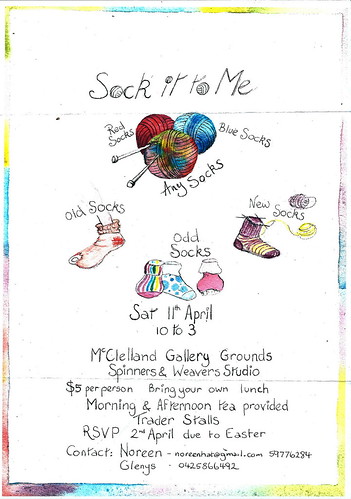




No comments:
Post a Comment